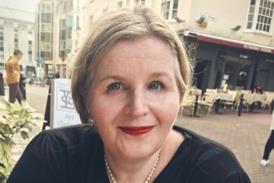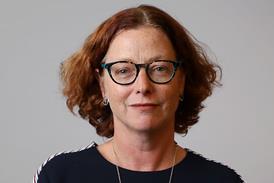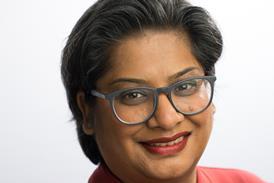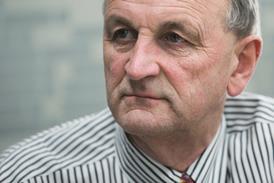If the stereotypes of US healthcare were to be believed, then at least one middle-aged New York taxi driver would not be alive and working today. Like many of New York’s cabbies, waiters, kitchen staff and stall keepers, he is an undocumented (illegal) resident who spent his life savings escaping Mexico to start afresh in the US. He wouldn’t initially go to the hospital with his chest pain because he was afraid that they would ask for his papers, and anyway, he couldn’t afford to pay insurance or co-pays or deductibles, never mind the raw cost of the healthcare he clearly needed. But eventually the pain got so bad, he arrived at the ER in a public hospital in the Bronx. Although the doctors were able to treat the heart attack initially, they told him he really needed extensive angioplasty to fix his coronary arteries and they couldn’t let him go home until he’d had it.
When the large public hospital on the Upper East Side said they couldn’t do it for weeks, his physicians started calling around, and within a few days, he was transferred for the procedure to Mount Sinai hospital, a few miles away and one of the best private hospitals in the city. He had the procedure, recovered well, and within a few weeks was back in his yellow cab on the streets of New York. And the cost to him for all this care? $15. “We treat each patient blind to their ability to pay” the medical director of the Bronx hospital said. “No-one is turned away.”
Speak to any New Yorker and they’ll tell you that the city is indebted to immigrants from across the world who have collectively built it over the centuries to be the city that it is today. This debt is being repaid through additional local taxes paid by New Yorkers to fund their public health care system via Medicaid. That system has over 1.2 million patient encounters each year and costs $7 billion to run, almost all of which comes from federal, state and city taxes via Medicaid payments. Of those 1.2 million encounters, a significant proportion is from undocumented residents. As in the UK, Medicaid will only cover the cost of emergency life-saving treatments for them, with the rest of their care cross-subsidised from other funding streams such as payments for care of insured patients and fully covered Medicaid patients. That is why on the noticeboards in any of New York’s public hospitals, the charts of performance against clinical quality standards sit alongside the graphs charting success in registering eligible patients for Medicaid and income generation from correct billing.
Wall Street, international symbol of financial power and personal greed, is only a stone’s throw from many of these public hospitals, yet altruism in medicine has not been completely subsumed by capitalism. You’d be forgiven for thinking that the US healthcare reforms would only extend and develop this selfless approach. But there you’d be wrong.
The reforms will extend Medicaid coverage, it is true, but the average reimbursement for a Medicaid case is expected to fall. In other words, the ability to cross-subsidise care for undocumented immigrants will diminish significantly. The New York public system alone is planning to see its income fall by $1bn (15%) – within one year. Now that puts the NHS’s prospective funding shortfall into perspective.
How is the system coping? By investing – in IT, prevention, chronic care management, and improving primary care. Sure, the electronic medical record is not as slick or as functional as some others, but it’s there and it works. What you don’t hear is a sense of defeat or despair. Physicians and administrators together believe that better quality care can reduce their costs, and for them that means believing in the tenets of the IHI’s Triple Aim: good quality clinical care, for everyone, done in the most affordable way possible. Cancer screening rates (including for colorectal cancer) are high, and patient navigators from the communities around the medical centers are used to reinforce the doctors’ advice and instructions so people with chronic conditions or people attempting to give up smoking or lose weight are supported at home to keep well and keep going.
They are also pushing at the definitions of Medicaid rules. When a legal ruling declared that emergency Medicaid funding applied to cancer treatments, physicians decided that, since cancer could be viewed as a long term condition, the proactive management of other long term conditions should also be funded by emergency Medicaid. In the long run, it should save money – fewer acute deteriorations and hospitalisations, as we all know – but it remains to be seen whether the legislature will buy that business case.
It was initially easy to arrive in the US and feel smug about the NHS. But the New York public hospital system attempts to be an NHS for some of the poorest people in this country in the midst of the biggest healthcare market in the world. That’s no small asking, and it's far from being a perfect system. What is clear, though, is that physicians’ commitment to high quality patient care continues regardless of the financial or political maelstroms around them, and, through dedication and innovation, these storms are calmed or bypassed. We have much to learn from each other indeed.





















No comments yet